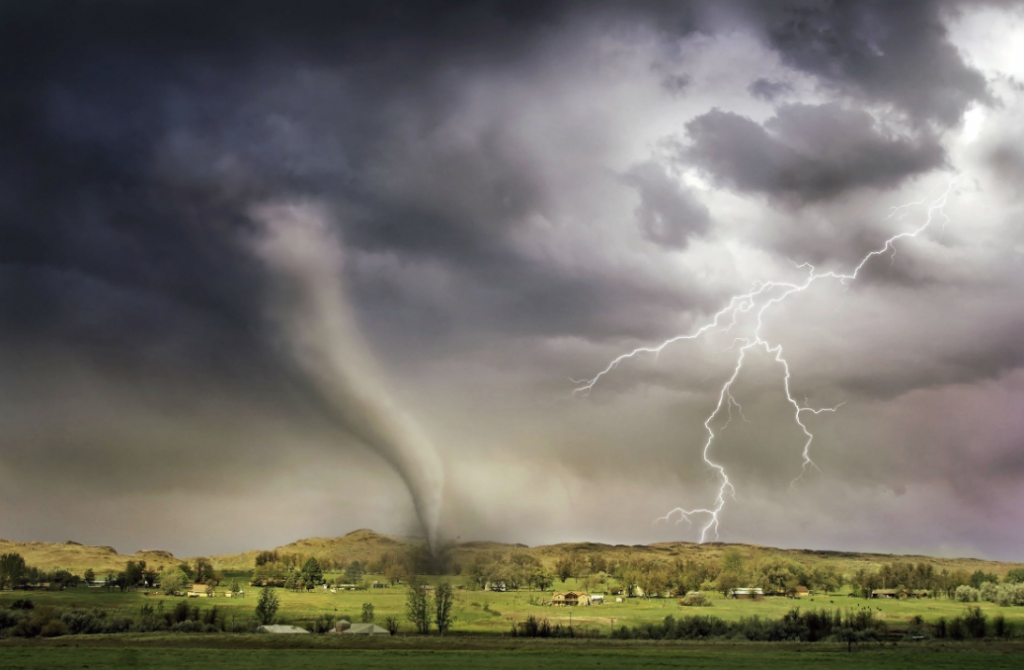 Natural disasters cause billions of dollars in damage every year, and you need to do everything in your power to shield your home from high winds, mudslides, floods, and hail. With a few simple upgrades and a little bit of preventative maintenance, you will be able to protect your property from unforeseen disasters and extreme weather patterns.
Natural disasters cause billions of dollars in damage every year, and you need to do everything in your power to shield your home from high winds, mudslides, floods, and hail. With a few simple upgrades and a little bit of preventative maintenance, you will be able to protect your property from unforeseen disasters and extreme weather patterns.
5 Ways to Protect Your Home from Unforeseen Natural Disasters
 Natural disasters cause billions of dollars in damage every year, and you need to do everything in your power to shield your home from high winds, mudslides, floods, and hail. With a few simple upgrades and a little bit of preventative maintenance, you will be able to protect your property from unforeseen disasters and extreme weather patterns.
Natural disasters cause billions of dollars in damage every year, and you need to do everything in your power to shield your home from high winds, mudslides, floods, and hail. With a few simple upgrades and a little bit of preventative maintenance, you will be able to protect your property from unforeseen disasters and extreme weather patterns.
